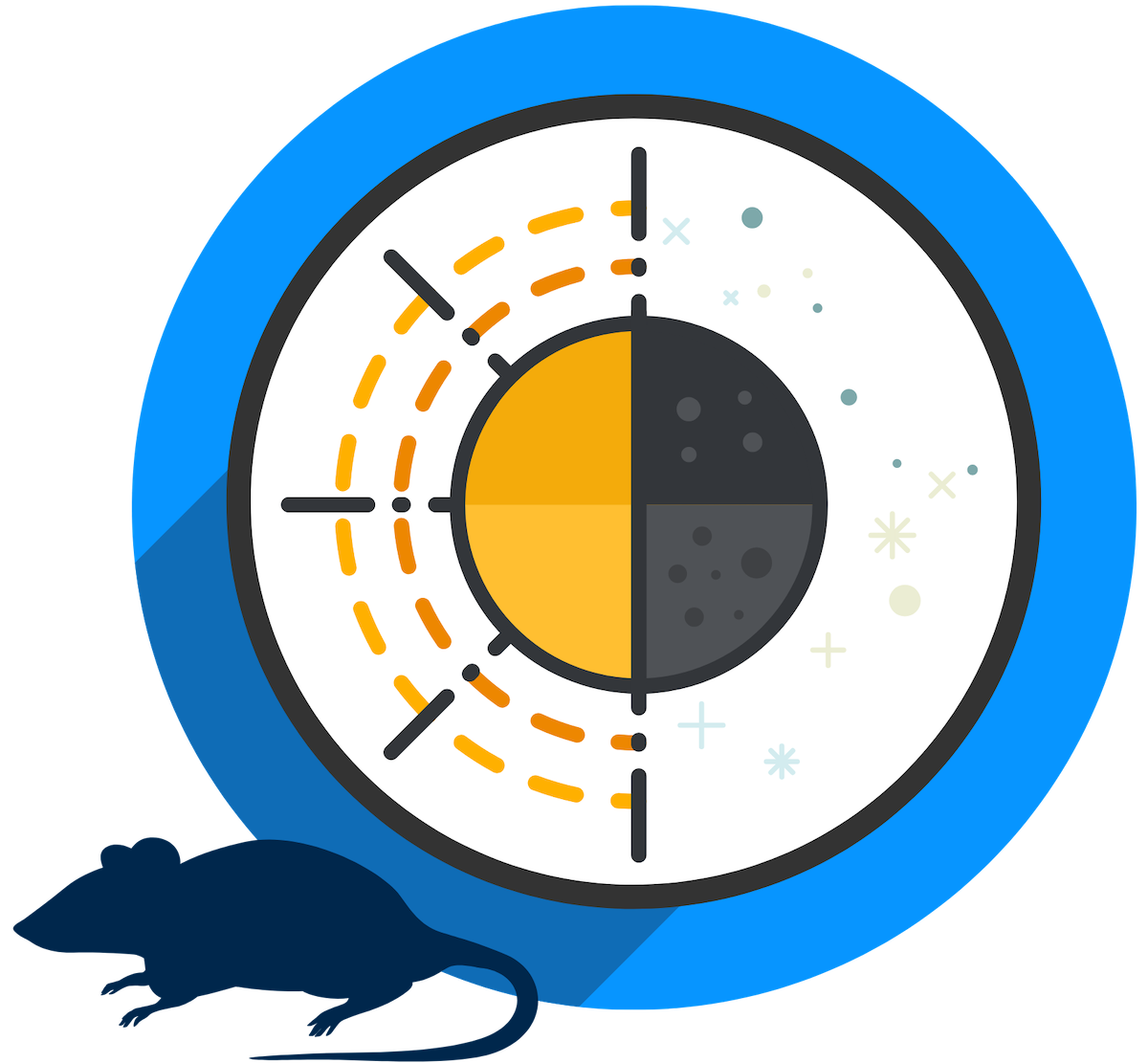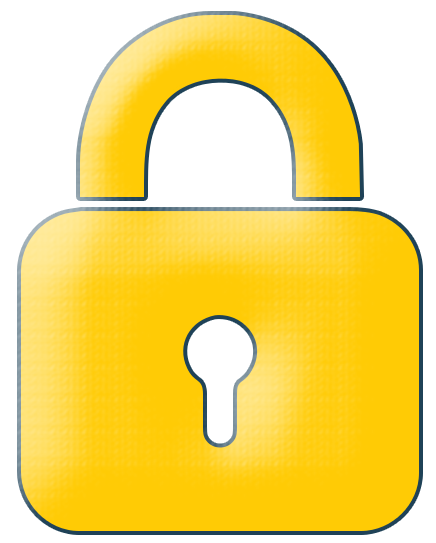
The ability to minimize and control environmental variables is not only critical to ensuring animal welfare but is also necessary for the conduct of rigorous scientific research.
Even disruptions that may seem small and insignificant to us – such as changes in light intensity, quality, and duration – can have major impacts on animal health. While most species can tolerate and adapt to a variety of lighting conditions, a consistent photoperiod plays an important role in maintaining normal reproductive behavior and physiology.
The Unit for Laboratory Animal Medicine (ULAM) follows established guidance on standard lighting practices for all animal housing rooms, consistent with the practices outlined by the Guide for the Care & Use of Laboratory Animals.
Accordingly, most animal housing rooms at the U-M have centrally controlled and monitored light cycles that utilize a 12-hour light / 12-hour dark photoperiod.
Help minimize light cycle disruption and unnecessary exposure to light during a room’s dark cycle by remembering the following:
- Whenever possible, avoid entry after room lights are out
- If you must enter a room during the dark cycle, a flashlight/hood light is best. Red light options are also available in some animal rooms
- If it is absolutely necessary to turn on the room lights, use the laminar flow hood or the timed lighting override switch (available in select locations). Do not open the light timer box

Additional Information
- The Room Entry Sign posted on the door of every animal housing room (see picture at right) provides additional details about light cycle timing and contact information for any questions
- ULAM is also in the process of adding information about lighting to facility orientation tours for all new research lab staff
Questions or Concerns
- If you have specific questions about lighting or light timers in your animal housing room(s), please contact your facility’s ULAM Husbandry Supervisor.
 Any lighting malfunctions or concerns should be promptly reported to your area supervisor so that the issues can be resolved in a timely manner.
Any lighting malfunctions or concerns should be promptly reported to your area supervisor so that the issues can be resolved in a timely manner. - Additional questions about environmental impacts on animal health and well-being should be directed to your ULAM Faculty Veterinarian.
Maintaining spaces where environmental variables are minimized to the greatest extent possible is critical to safeguarding animal welfare and ensuring the integrity of our research.
We thank you for your attention and diligence in these important matters.
![]() Links marked with a lock icon can only be accessed using valid U-M login credentials.
Links marked with a lock icon can only be accessed using valid U-M login credentials.